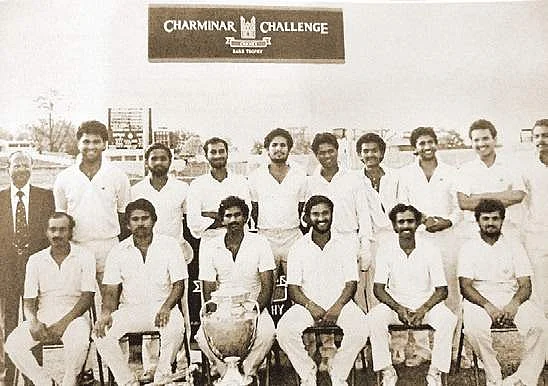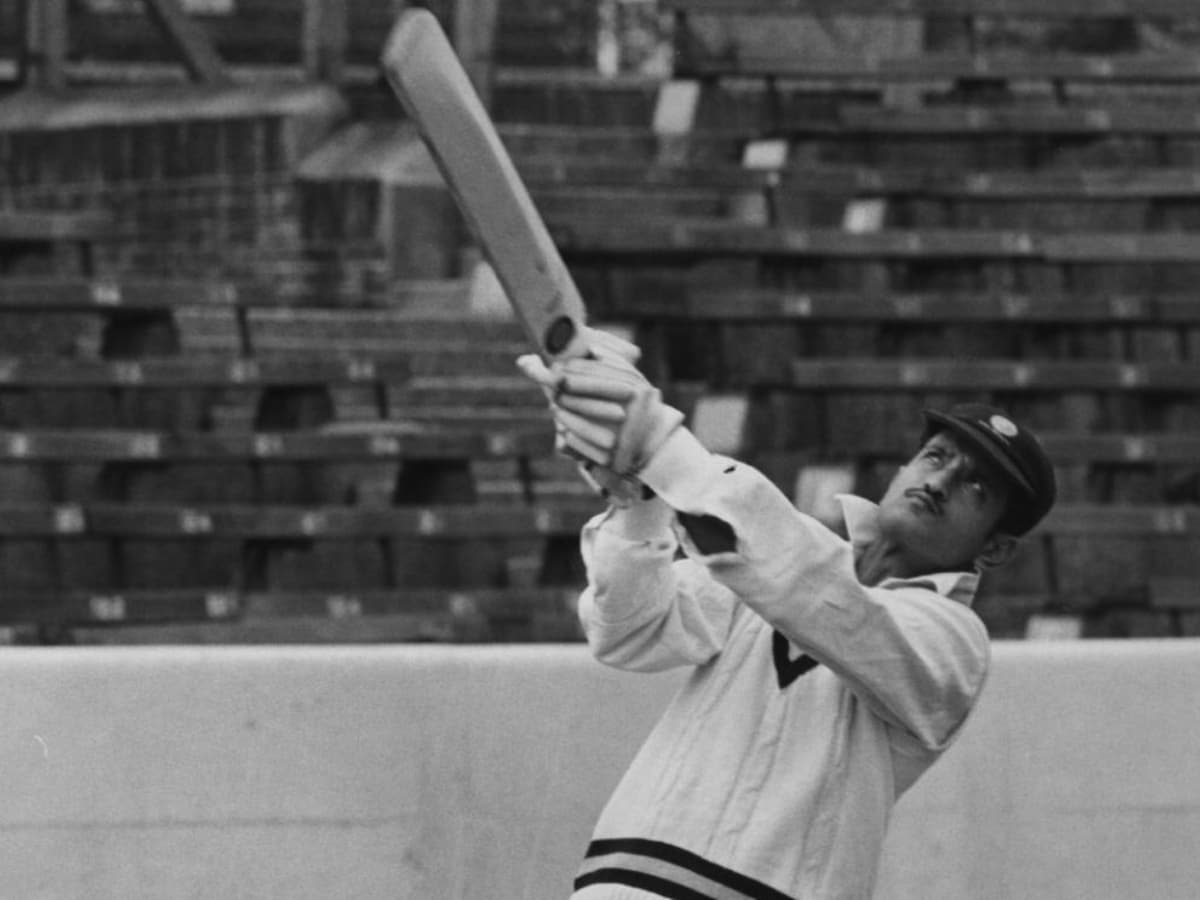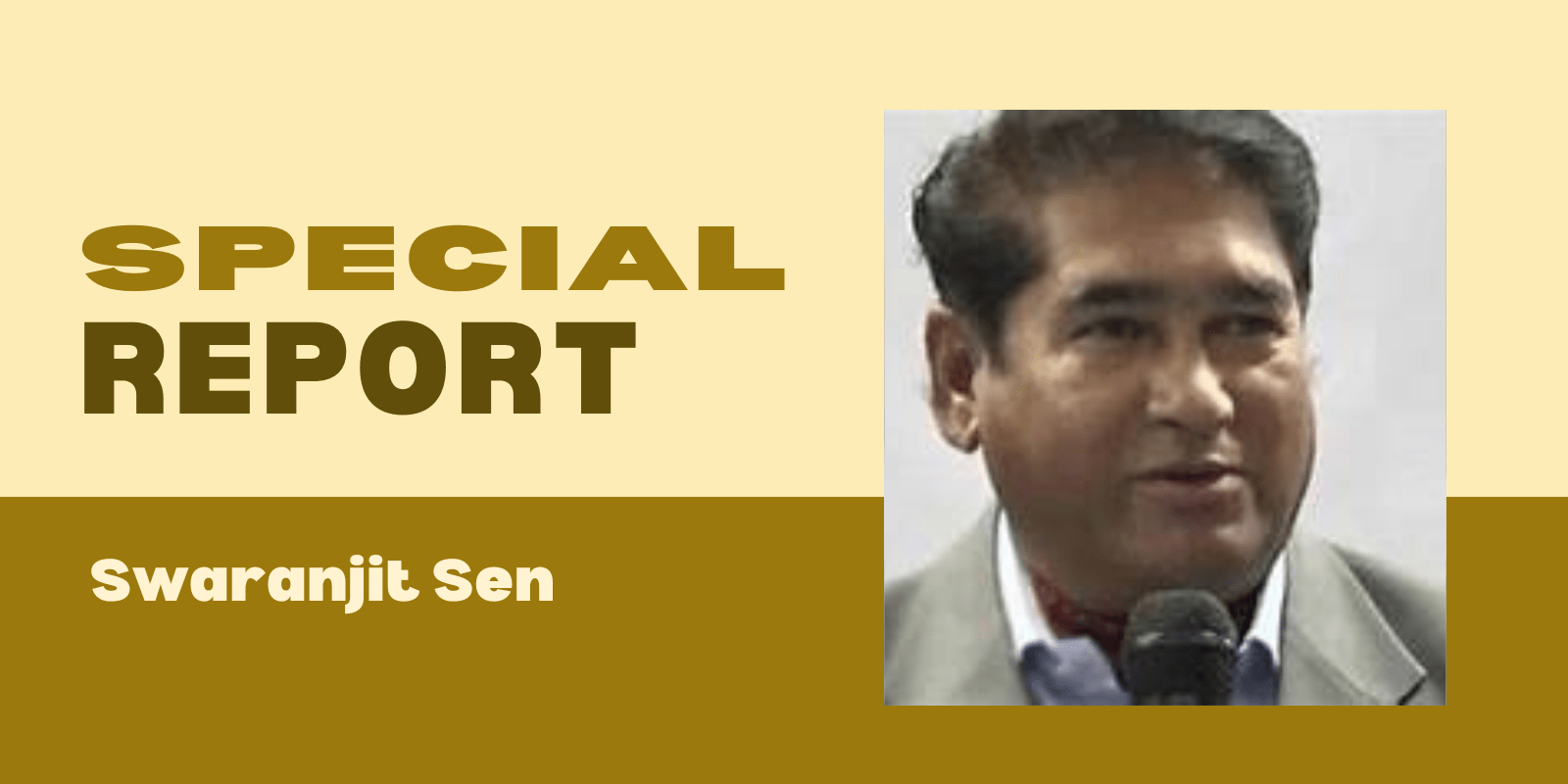The Vanishing Gold Cup: From Cricket’s Jewel to a Locked-Up Replica
While chronicling the decay and disgrace that have plagued the Hyderabad Cricket Association (HCA), I would be remiss if I overlooked one of its most shameful episodes in this explosive series — the mysterious “melting away” of the once-prestigious Moin-ud-Dowlah Gold Cup Trophy. This was no ordinary piece of silverware gathering dust in a corner. For decades, it stood as the ultimate symbol of cricketing prestige in Hyderabad — a glittering relic that inspired generations of players and put the city firmly on the national, even international, cricketing map. Today, that gold is gone — quite literally — replaced by a lifeless replica locked away in a bank vault.
The Moin-ud-Dowlah tournament began in 1930, thanks to the generosity of Nawab Moin-ud-Dowlah Bahadur Aman Jah, who donated the solid gold trophy to be competed for annually. The event quickly became a magnet for top cricketing talent from across India — and even abroad — offering players a platform to launch themselves towards national selection. In the early years, the competition was fiercely contested between invitational teams, often sponsored by wealthy patrons or regional associations, with matches played across the twin cities of Hyderabad and Secunderabad.
Also read: https://orangenews9.com/who-ruined-hyderabad-cricket-part-xx/
The very first edition in 1930–31 was a landmark. Cricketing giants like Jack Hobbs and Herbert Sutcliffe played for the Maharaj Kumar of Vizianagaram’s XI, who defeated the Nawab’s XI. But the real hero of the final was India’s own C.K. Nayudu, who scored a century and took seven wickets. The following seasons read like a roll call of Indian cricket royalty: Vijay Merchant, Sorabji Colah, Amar Singh, Learie Constantine — names etched in the golden era of pre-Independence cricket.

Also read: https://orangenews9.com/who-ruined-hyderabad-cricket-part-xviii/
The finals often drew crowds of 10,000 to 15,000, an astonishing number in an age without television or social media hype. Yet the rise of the Ranji Trophy in 1934–35 began to chip away at the tournament’s status. By 1938, it lost its first-class status, slipping into a more localised role.
In 1962–63, the Board of Control for Cricket in India (BCCI), recognising the historical value of the tournament, revived it as a season-opener for domestic cricket. For over a decade, the Moin-ud-Dowlah Gold Cup reclaimed its glory. Corporate-sponsored teams like Vazir Sultan Tobacco, U-Foam, State Bank of India (SBI), and Associated Cements Company (ACC) fielded sides brimming with national stars.

Also read: https://orangenews9.com/who-ruined-hyderabad-cricket-part-xvii/
The 1960s and ’70s saw the dominance of SBI, whose line-up read like a dream: Ajit Wadekar, Bishan Singh Bedi, Hanumant Singh, V.V. Kumar, Baloo Gupte, Budhi Kunderan, Abid Ali. State Bank played 19 matches, losing only twice, and ended the era unbeaten in their last 15 games. The tournament was still competitive, still respected, and still producing players ready for higher honours.
But with the advent of IPL-style cricket and a shift in public attention, the Moin-ud-Dowlah tournament began to fade. By the late 2000s, its scheduling, funding, and relevance were all in doubt. The last recorded winners, Hyderabad Cricket Association XI in 2017–18, lifted what was already a shadow of the real prize.

Also Read: https://orangenews9.com/who-ruined-hyderabad-cricket-part-xvi/
The fatal blow came not on the field but in the committee rooms of the HCA. Around 2010–11, the HCA’s Apex Council — dominated at the time by members of the so-called Players’ Panel — discovered that the real gold trophy had been melted down. What was being ceremonially deposited in the State Bank of Hyderabad’s Gunfoundry branch was only a replica.
A trophy that had survived World War II, Partition, and decades of political upheaval in Hyderabad could not survive the greed and negligence of the very people entrusted to safeguard it. And it wasn’t a small matter of theft — this was cultural vandalism. The Gold Cup was not just property; it was heritage. Its loss stripped the tournament of its heart and exposed the deep rot in HCA governance.

Also read: https://orangenews9.com/who-ruined-hyderabad-cricket-part-xv/
Even today, the circumstances behind the trophy’s disappearance remain murky. Who authorised its removal from safe custody? Who benefited from the sale of the gold? How could such a theft happen despite the HCA enjoying ample BCCI funding during that period?
One would expect immediate police intervention, forensic accounting, and a high-profile trial. Instead, there was silence — and in silence, complicity thrives. The case was never pursued to its logical conclusion. No one was convicted. The trophy’s donor, Nawab Moin-ud-Dowlah, rests in his grave unaware that his gift to the city has been desecrated.

Also read: https://orangenews9.com/who-ruined-hyderabad-cricket-part-xiv/
Even in the IPL era, the Moin-ud-Dowlah Gold Cup could still serve a vital purpose. Revived as a 50-over tournament, with participation from domestic teams and a sprinkling of overseas players, it could be an excellent platform for young Indian cricketers to showcase their skills — especially those eyeing Test cricket. Such a revival would not only honour history but also fill a glaring gap in India’s domestic structure.
But the revival must begin with accountability. The gold must be traced. The guilty must be punished. This requires more than just lip service. Both state and central investigative agencies must reopen the file, put it on a fast track, and ensure recovery. Without that, the “Moin-ud-Dowlah” name will remain an empty branding exercise on a hollowed-out replica.
Hyderabad cricket has suffered from poor administration, factional politics, and outright corruption. The vanishing of the Gold Cup is both a symptom and a symbol of that decline. Bringing the tournament back — with its real trophy restored — would not just be about cricket. It would be about reclaiming the city’s place on the cricketing map of the world. It would be about proving that heritage matters, that donors’ legacies are respected, and that the game’s custodians are held accountable.
Until then, the HCA remains guilty — not only of losing the gold, but of losing its soul.
Also read: https://orangenews9.com/who-ruined-hyderabad-cricket-part-xiii/







